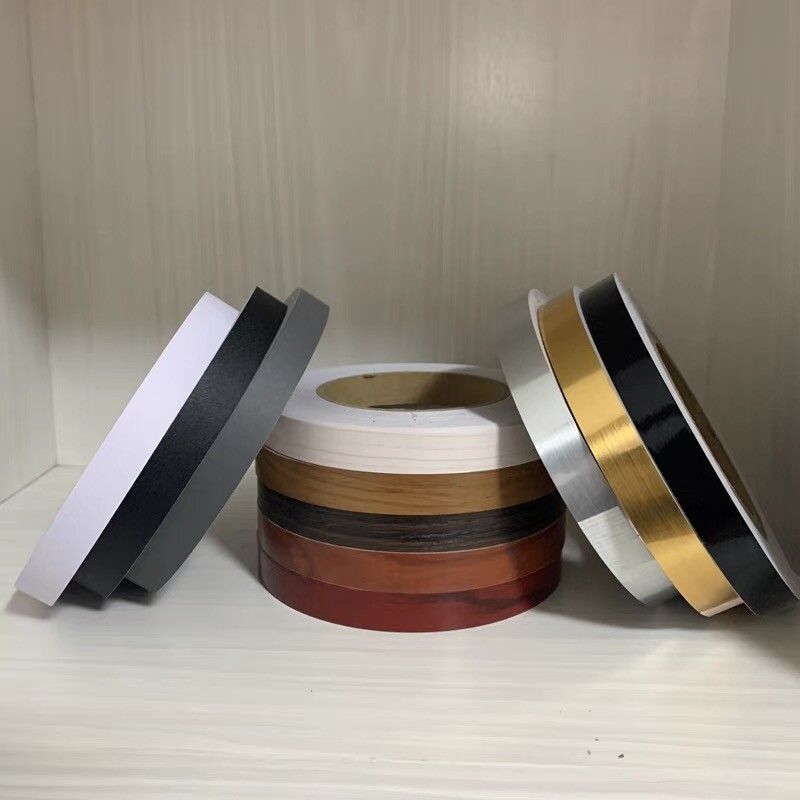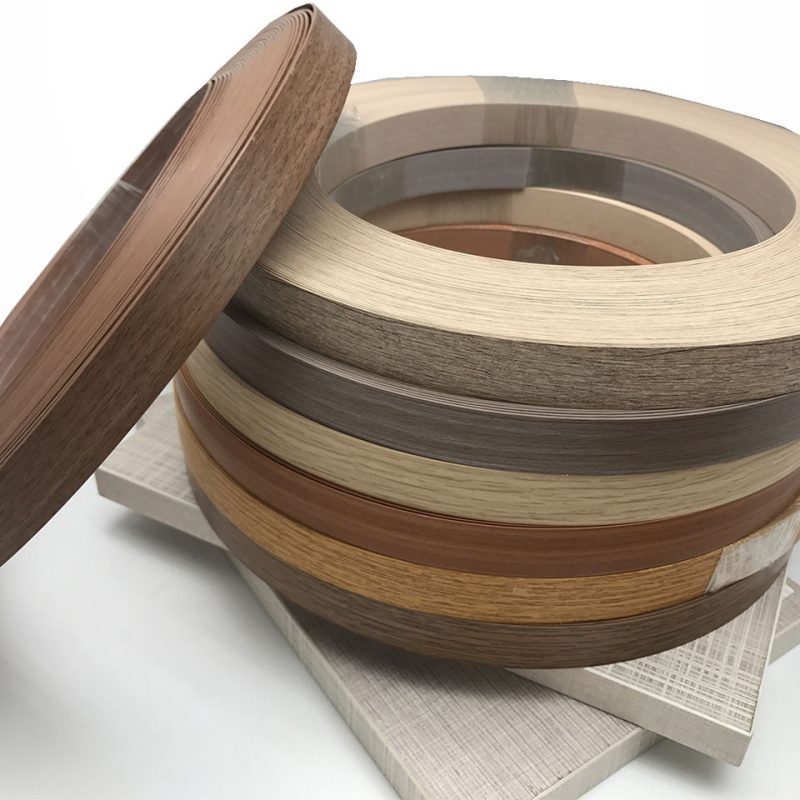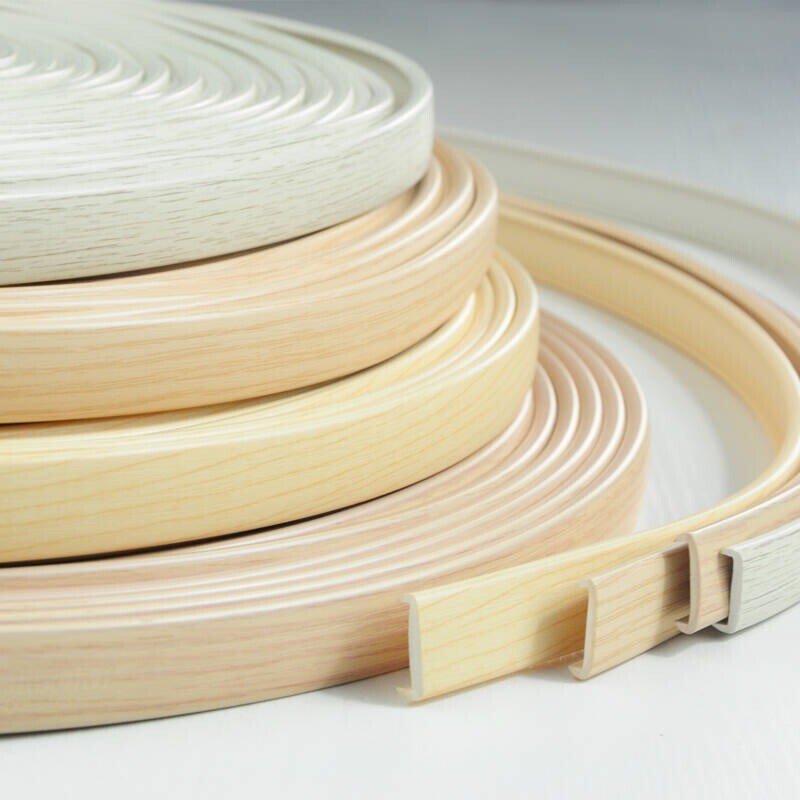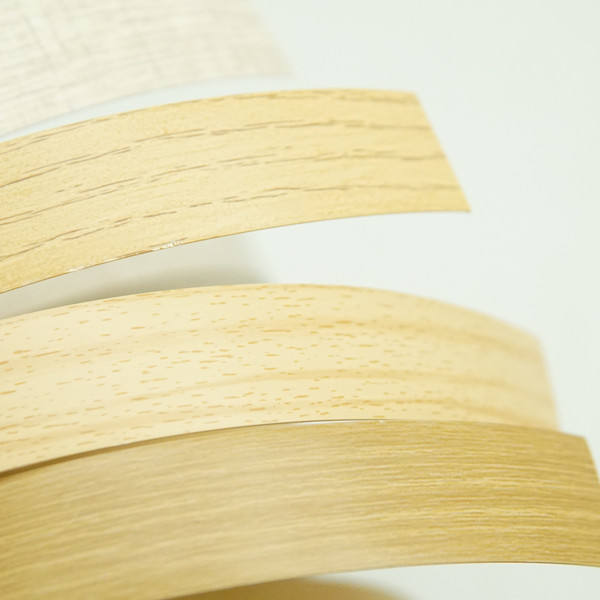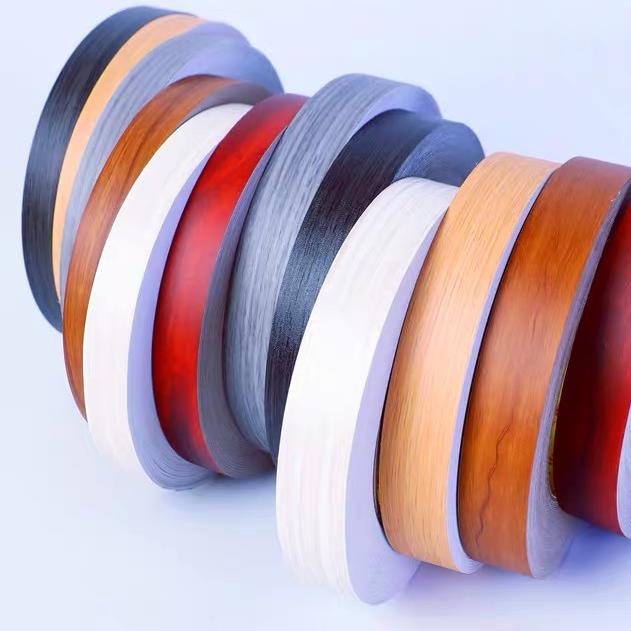We specialize in providing comprehensive furniture solutions, offering both ODM and OEM services.
News
The excellent performance of edge-sealed plywood
I. Comprehensive enhancement of physical properties
1.Moisture-proof and anti-deformation ability
Edge-sealed plywood builds a physical barrier through edge sealing technology. Its core advantage lies in reducing the water absorption and expansion rate of the plywood base material by more than
70%. In an environment with fluctuating humidity, the edges of unedge-sealed boards may experience fiber expansion and delamination due to moisture intrusion. However, edge-sealed layers (such
as PVC or ABS materials) can form a continuous waterproof film, making them particularly suitable for damp scenarios like kitchen cabinets and bathroom cabinets. Experimental data show that after
72 hours of continuous operation in an environment with 90% humidity, the edge expansion of high-quality edge-banded plywood is only 0.3mm, which is much lower than the 1.2mm of unedge-
banded plywood.
2. Impact resistance and wear resistance
The elastic buffering structure of the edge banding can absorb more than 60% of the edge impact force. When furniture is subjected to daily collisions, the wood fibers of solid wood edge banding can
disperse stress, while the high-molecular structure of PVC edge banding absorbs energy through deformation, effectively preventing the edges of the boards from cracking. In the wear resistance test,
after 1000 times of reciprocating friction, the surface wear depth of the edge banding layer was only 0.1mm, while the edge of the unbanded board had already shown obvious burrs. This makes it stand
out in high-frequency usage scenarios such as shopping mall display cabinets and school desks and chairs.
3. Improved structural stability
The crisscrossing plywood base material inherently has the advantage of anti-deformation, and the edge banding process further enhances this stability. Through edge constraints, the linear expansion
coefficient of the board was reduced from 0.08mm/(m · ℃) to 0.05mm/(m · ℃). In environments with large temperature variations (such as underfloor heating rooms), the dimensional fluctuation
range of edge-sealed plywood was reduced by 37.5%, effectively avoiding the problem of joint cracking caused by thermal expansion and contraction.
Ii. Dual breakthroughs in environmental protection performance
1.Formaldehyde emission control
Modern edge banding processes use E0 grade hot melt adhesive (with formaldehyde emission ≤0.05mg/m³), combined with low-formaldehyde plywood base materials (E0 grade standard ≤
0.062mg/m³), to keep the formaldehyde emission of the finished product below 0.03mg/m³, meeting the Japanese F4 star environmental protection standard. The edge banding layer completely wraps
the adhesive inside the board. Compared with the board without edge banding, the formaldehyde emission is reduced by more than 40%. It is especially suitable for places with high air quality
requirements such as children's rooms and nursing homes.
2. Sustainable material application
The carbon footprint of bio-based edge banding strips (such as corn starch-based PVC) is 58% lower than that of traditional materials, while the proportion of renewable resources in bamboo fiber
edge banding strips reaches 70%. These materials not only meet environmental protection standards but also can be recycled and regenerated in a fragmented manner, solving the problem of
traditional edge banding being difficult to degrade and meeting the LEED certification requirements for green buildings.
Iii. Scene Adaptation of Functional Features
1.Customized protection solutions
Fire prevention scenarios: The use of edge banding strips containing aluminum hydroxide flame retardant can make the fire resistance rating of the board reach B1 level (difficult to burn). In scenarios
such as hotel corridor wall panels and office building ceilings, it can slow down the spread of fire and buy time for personnel evacuation.
Antibacterial environment: The edge banding with silver ion antibacterial agent has an antibacterial rate of over 99% against Escherichia coli and Staphylococcus aureus. It is suitable for places that
require hygiene protection, such as hospital ward furniture and kindergarten storage cabinets. Its antibacterial effect can last for more than 5 years.
Chemical resistance: The specially formulated ABS edge banding can resist the erosion of common disinfectants such as 84 disinfectant and alcohol. In scenarios like laboratory operation tables and
hospital disposal cabinets, it can maintain its appearance intact even after long-term contact with chemical reagents.
2. Visual and tactile optimization
Color consistency: Through digital printing technology, the edge banding can achieve a color matching degree of 98% with the decorative plywood. Even at the joints, an "invisible seam" effect can be
achieved, enhancing the overall refinement of the furniture.
Tactile customization: The surface roughness Ra value of the matte edge banding is controlled below 0.8μm to create a fine and silky smooth touch. The wood-grain imitation edge banding replicates
the real wood grain through the relief technique. Its touch is no different from that of solid wood, but it has better physical properties.
3. Special environmental adaptability
In high-altitude and low-pressure areas, the edge banding layer of edge-banding plywood can prevent the bulging phenomenon caused by the escape of internal gases in the board. In the humid
climate along the coast, the edge banding strips that have undergone moisture-proof treatment can withstand salt spray erosion and remain intact for more than 10 years. This environmental
adaptability enables it to be used in cross-regional furniture manufacturing without the need for additional process adjustments, reducing production costs.
Latest articles
 Personal DIY Plywood Edge Banding Guide2025-05-23
Personal DIY Plywood Edge Banding Guide2025-05-23 What are the similarities and differences between laser edge banding and ordinary edge banding?2025-05-22
What are the similarities and differences between laser edge banding and ordinary edge banding?2025-05-22 The manufacturing process and differences of edge banding strips2025-05-22
The manufacturing process and differences of edge banding strips2025-05-22 What Is PVC Edge Banding?2025-05-22
What Is PVC Edge Banding?2025-05-22 What materials are edge banding strips generally made of?2025-05-22
What materials are edge banding strips generally made of?2025-05-22
Ask For A Quick Quote
If you are looking for more information on our services, or how we could potentially help, we would love to hear from you!

